7 Animals You Didn’t Know You Could Find at the Tide Pools

When most people think of the tide pools, animals like anemones, crabs, sea stars, and sea urchins come to mind. And rightly so! These animals are all very prevalent in intertidal zones. But many other organisms inhabit the tide pools that are not often associated with this ecosystem. Sometimes these animals are overlooked because they are difficult to find or aren’t seen very often. But nevertheless, tide poolers can spot these more unusual animals if they look diligently.
Just in case you haven’t heard of them, here is a list of animals that you could see in the tide pools that you might not have known about.
1. Nudibranchs
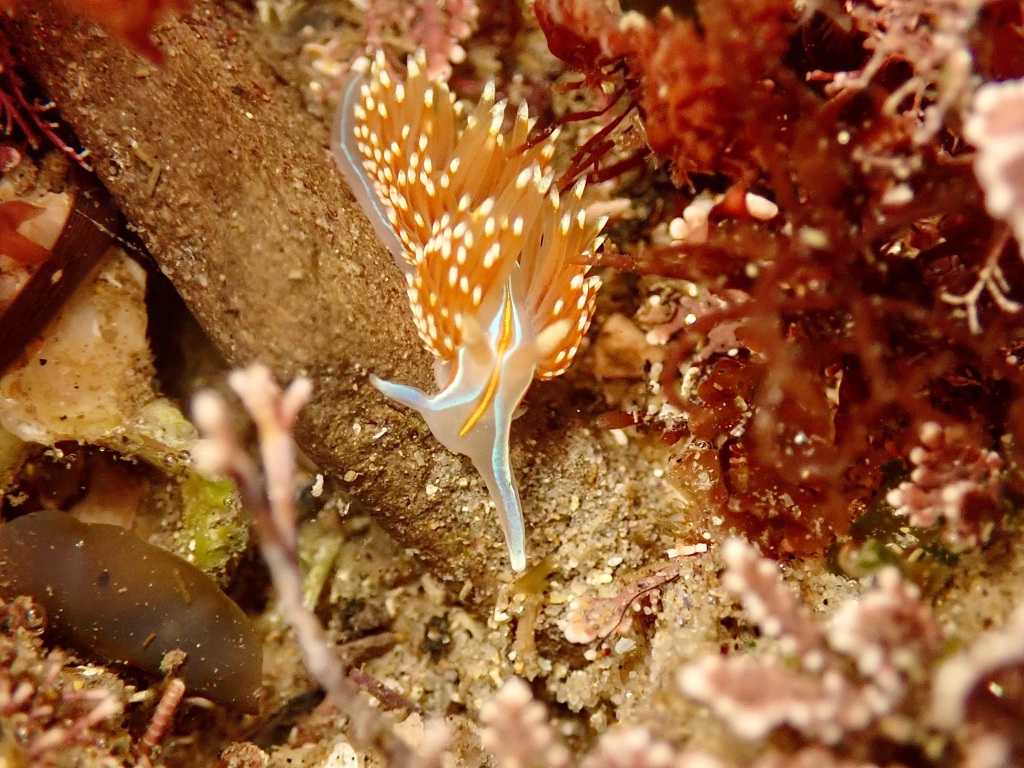
If you’ve read any of my articles before, you probably know that you can find nudibranchs and sea slugs at the tide pools. While large slugs like sea hares are often seen by beginner tide poolers, the smaller nudibranchs are seen less often without searching for them. These creatures often display bright colors and intricate patterns, making them seem like unlikely animals to find in the tide pools. Often favorites of marine photographers, make sure you read up on how to find nudibranchs before your next tide pooling adventure.
2. Eels
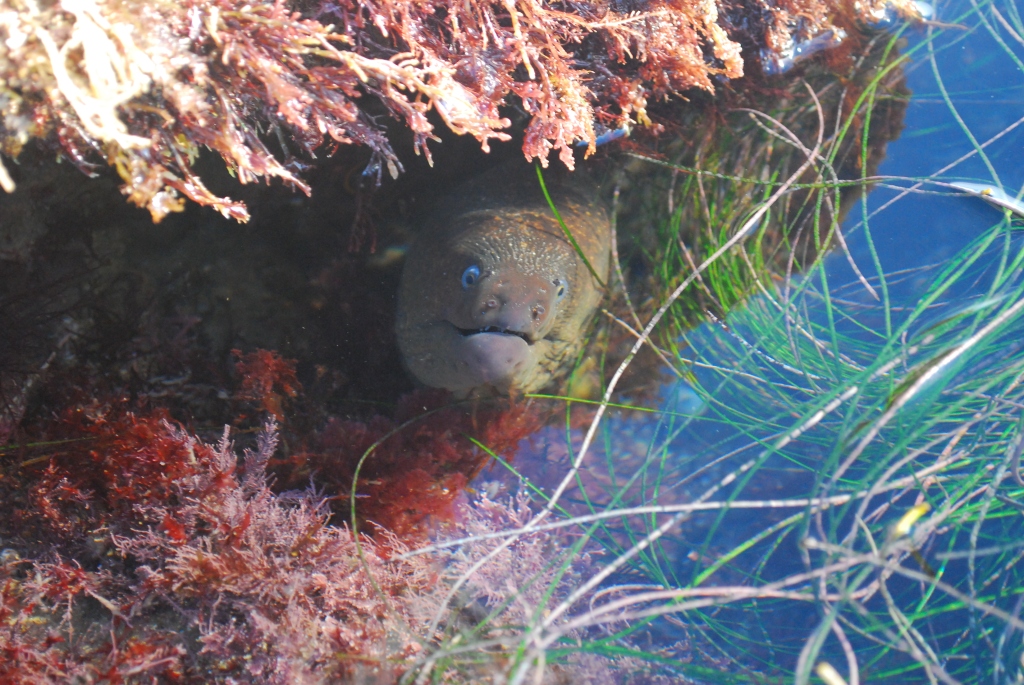
Some might be surprised to discover that eels live in California waters at all, but we have our own species of moray eel, the California Moray (Gymnothorax mordax). Perhaps a further surprise is that you can find these guys in the tide pools. Because they are entirely marine and cannot live outside the water for any length of time, you’re more likely to find them in the low intertidal zone, only during the lowest low tides. Also look for them in larger pools that have access to open water. They often like to hide under rocks or near sea grass, like the individual pictured here.
3. Lobsters and large crabs
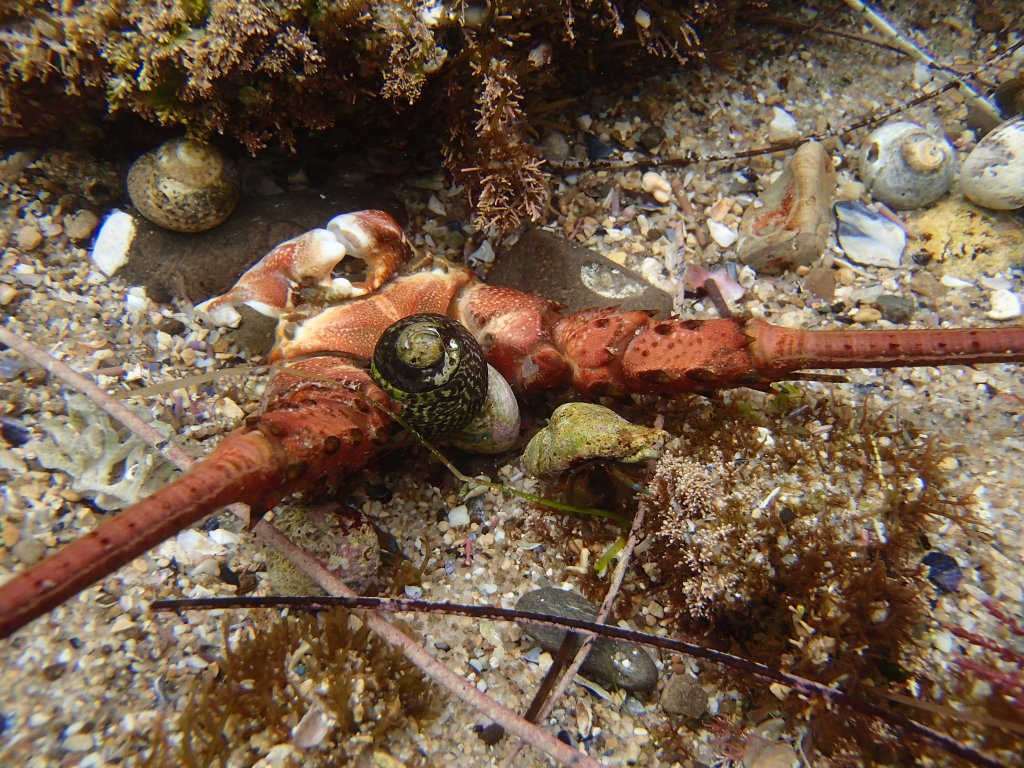
Everyone knows that you can find crabs and other small crustaceans in the tide pools; hermit crabs are one of the tide pools’ most famous creatures. But did you know that you can find large crabs and sometimes lobsters in the tide pools? These larger animals often take advantage of the small tide pools where they don’t have much competition for food from other large animals. Keep your eye out for kelp crabs camouflaging on drifting kelp and lobsters hiding under large rock ledges. You might also find a lobster cast lying on the beach or rocks.
4. Christmas Tree Worms
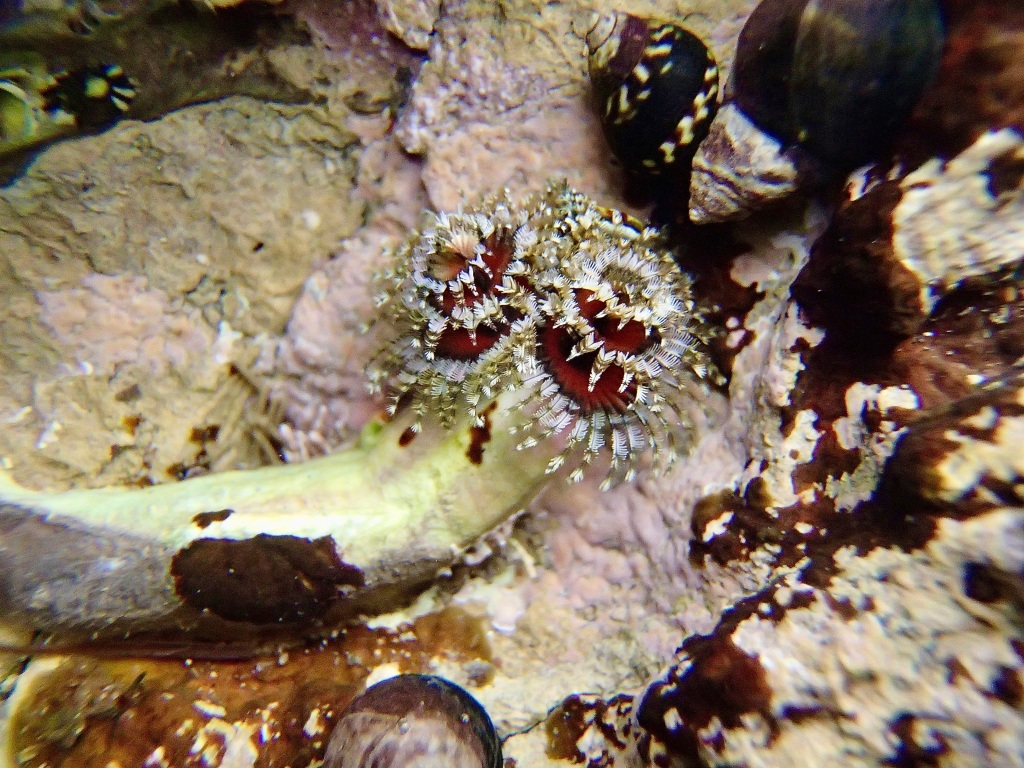
Here’s an animal that I never thought I would see in the tide pools: Christmas tree worms. You know those delicate, brightly colored worms that National Geographic always has vidoes of opening up their arms? Those are the same ones dotting the bottom of your local tide pools. These filter feeders are absolutely brilliant and stunning to see, although they are typically much smaller than their open water cousins. Look in pools with rocky bottoms in the mid and low intertidal zones. These guys don’t need much to live and I have seen them in pool with few other creatures. Check out this article to learn more about these stunning creatures.
5. Octopi

An octopus was one of my favorite tide pools animals to see as a kid. It was the crowning glory of a tide pool adventure, but many don’t know that octopi live in the tide pools at all. These masters of disguise with their color changing skin are perfectly suited for tide pools life, especially because they can live outside the water and often crawl on dry rock from one pool to another. Finding an octopus can be tricky, but you won’t regret getting to see the smartest invertebrate on the planet in the tide pools.
6. Small Sharks
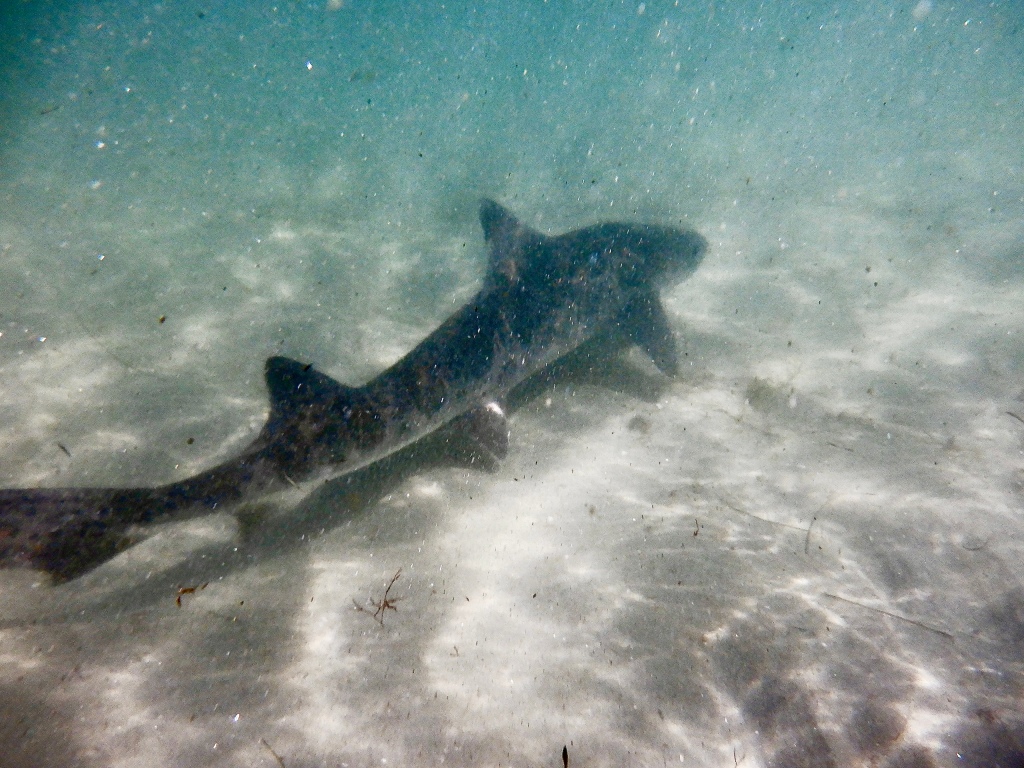
While less common than some of the other animals you can find in the tide pools on this list, tide poolers occasionally see small sharks venture into the tide pools. Unfortunately, these animals are often stranded in small pools after the tide has receded. Unlike other tide pool animals, these creatures may not be able to withstand the stark changes in temperature and salinity that tide pools undergo. Much like beached whales, they are stranded. However, sometimes small sharks (like Leopard, Epaulette, or Zebra sharks) venture into shallow waters and bays created by tide pools to take advantage of the trapped prey. In these instances, the animals still have access to open water, but can be seen often near sea grass waiting for prey. I took this image of a leopard shark in very shallow water (about 2 1/2 feet deep) near rocks that often form tide pools, although this animal was out on the sandy bottom.
7. The largest Sea slug in the world
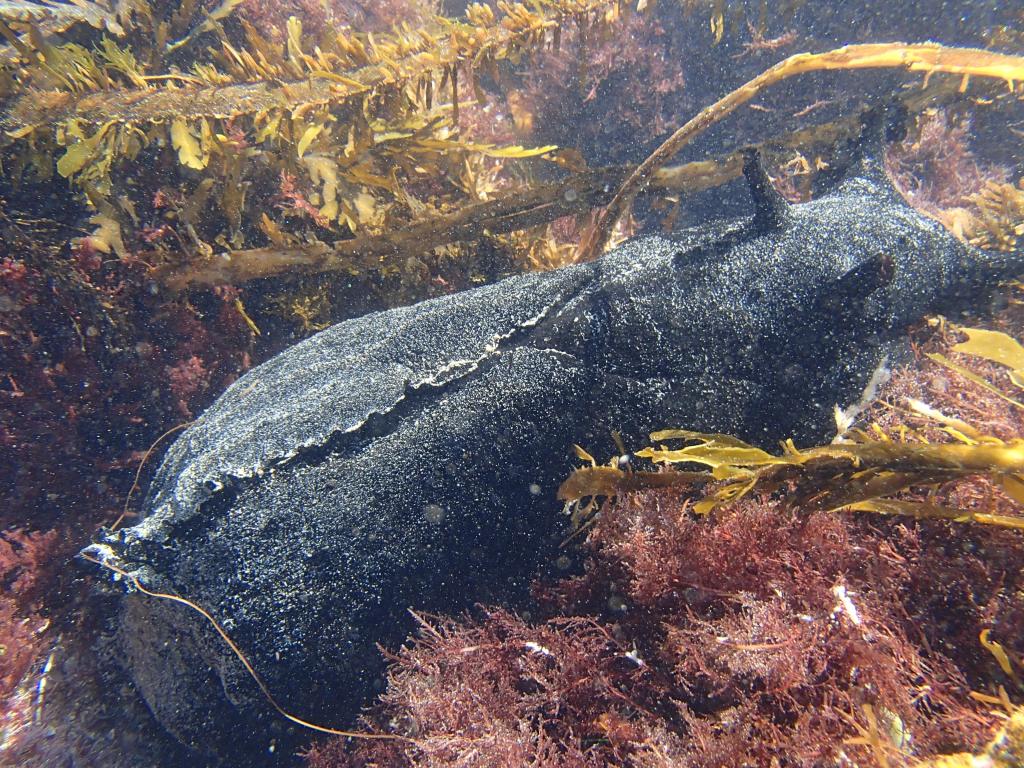
Yep, you read that right! You can see the largest sea slug in the world in the Southern California tide pools. The black sea hare can be up to 3.25 feet in length and weigh up to 30 pounds. The slugs you might see in the tide pools will probably not be that big, but large pools often play host to black sea hares 18 inch or longer. This particular individual was close to two feet in length and was near another black sea hare nearly the same size. The size of these animals is quiet amazing, especially when compared to the California sea hare—a large slug in its own right— that comes no where close to comparing with the monstrous black sea hare.

Categories
tags
Subscribe to the blog
Sign up to receive weekly emails with tide pooling information and guides so you never miss a post!

Leave a comment